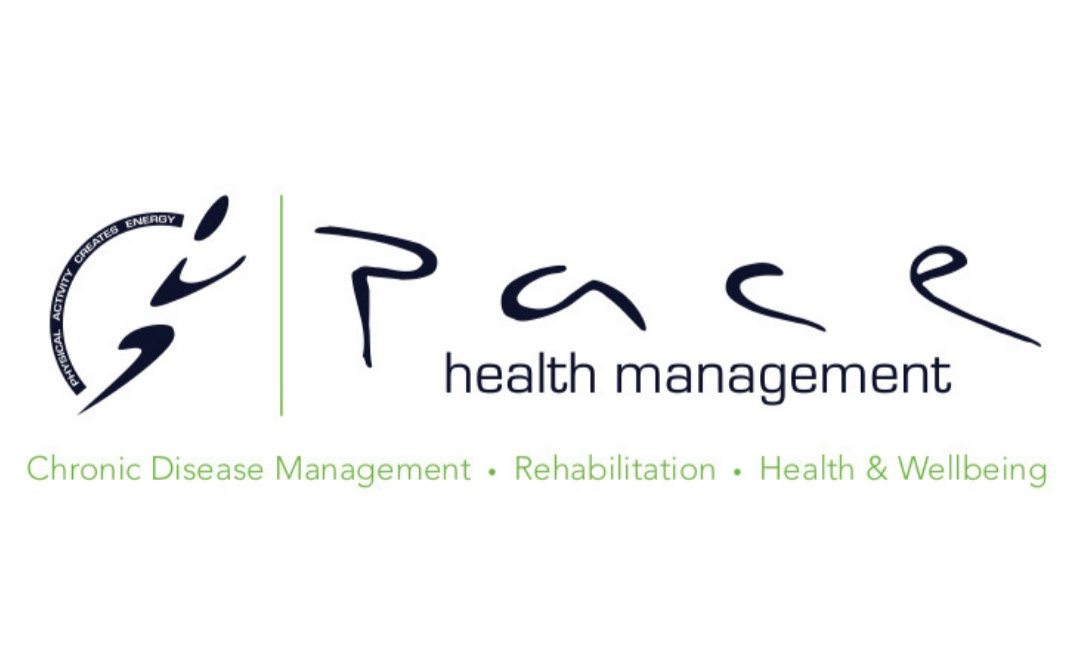What are the benefits of strength training for women?
While regular physical activity is important at all stages of the lifespan, there is a particular importance of strength training for middle-aged women. With aging comes numerous changes to our body composition, including reductions in bone and muscle mass, however research has shown that regular strength training can help offset these changes.
The National Physical Activity Guidelines recommend all Australian adults complete resistance training 2-3 days per week, and this is truly important for middle aged women.
Maintaining muscle mass:
It is well known that as we age, we see changes to the structure and function of our muscles. The age-related decline in muscle mass begins at the young age of 25, and continues for the duration of our lifespan.
From age 25-50 we lose around 10% of our muscle mass, however the rate of muscle loss is much more significant after the age of 50. By the time we reach 80 years old, we may have lost up to 50% of our muscle mass.
These losses are often detrimental and result in decreased strength, decreased mobility, and a higher risk of falls and fractures. Importantly, research has found that individuals who engage in a strength training program are able to maintain a much higher percentage of their muscle mass and strength.
Maintaining bone health:
Like muscle mass, bone mineral density also suffers a decline as we age. Osteoporosis is a commonly occurring condition in older adults, and type 1 osteoporosis (affecting the spine and wrists in 50-65 year olds) is 8 times for likely to occur in women! Importantly, regular strength training has an important effect on bones. Research has shown that bone will adapt to the loads placed on it, and in the case of strength training, bone strength increases.
Menopause
Strength training has benefits during menopause, including assisting in the management of body composition changes, depressive and anxiety symptoms, and potentially even hot flushes and night sweats! Want to read more about exercise and menopause? Click here!
